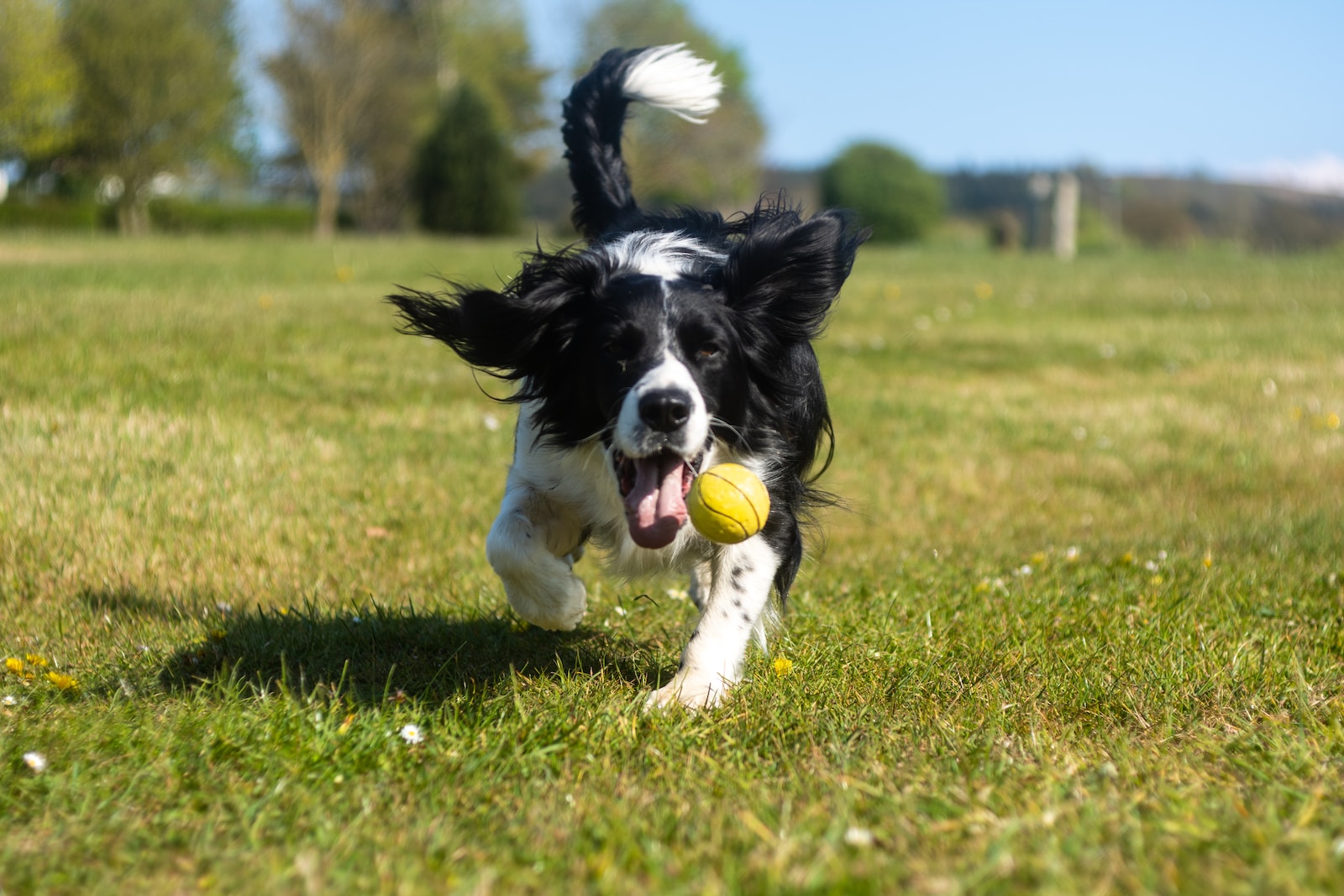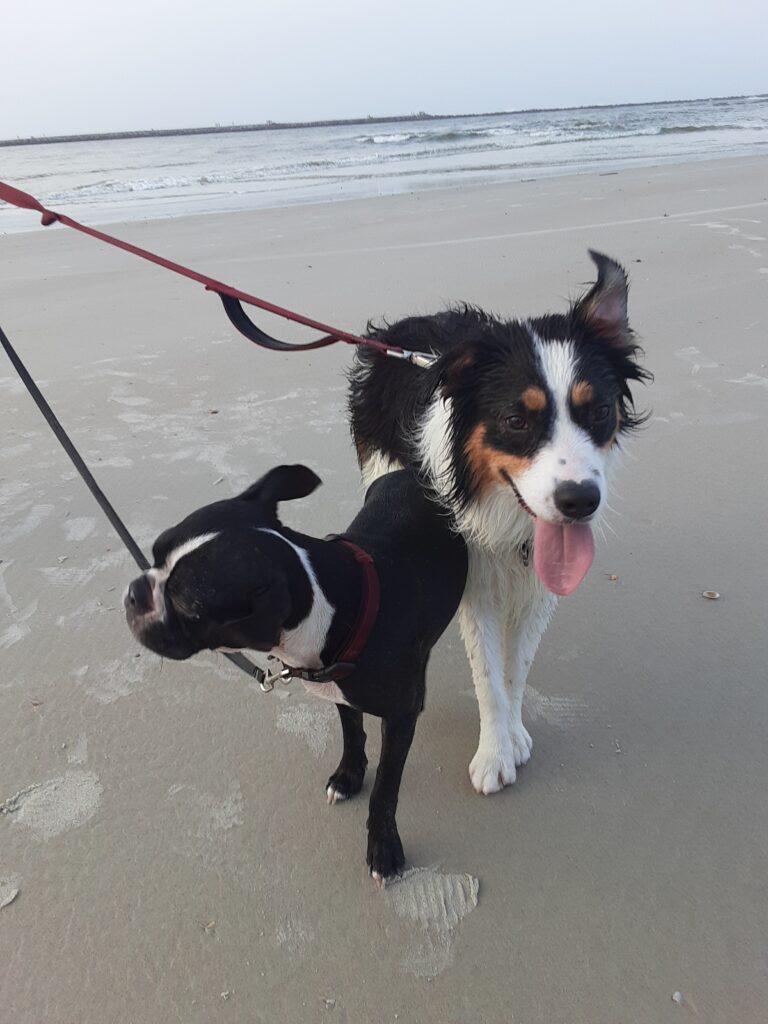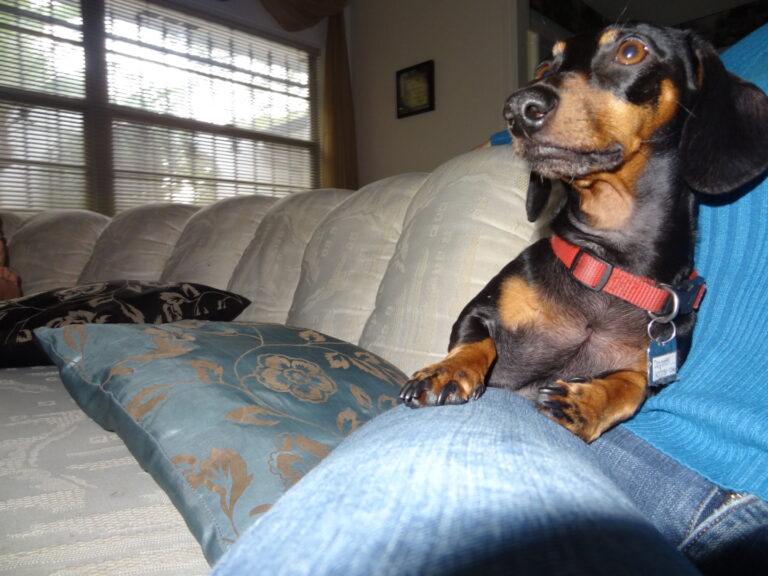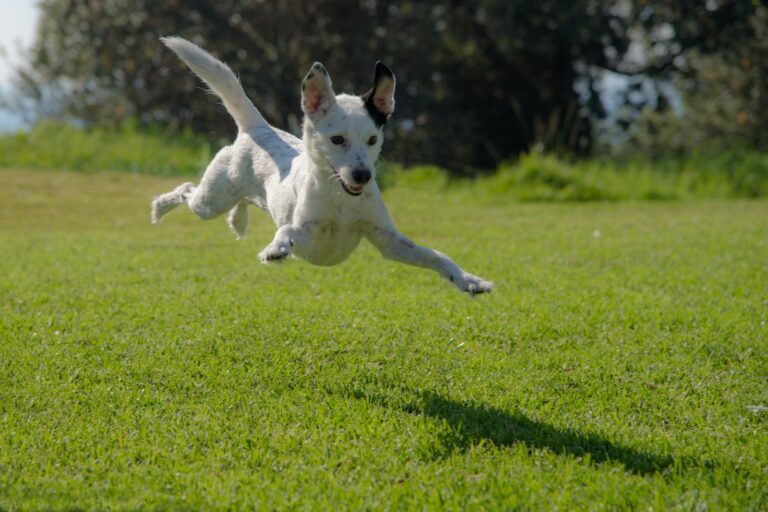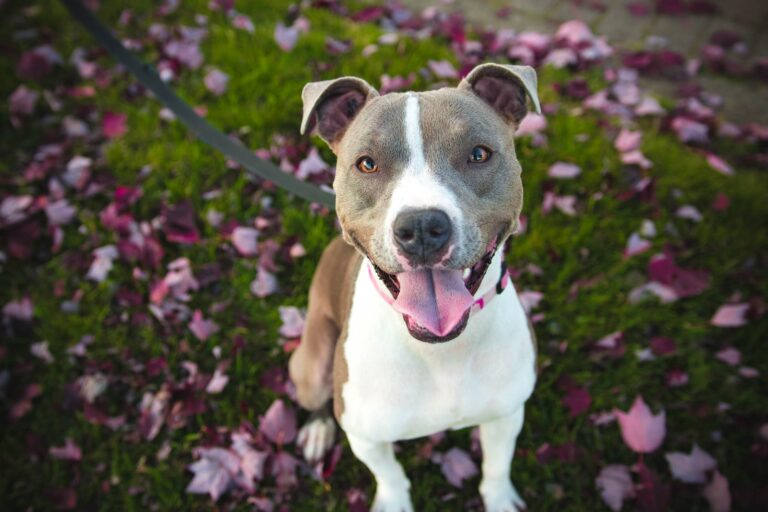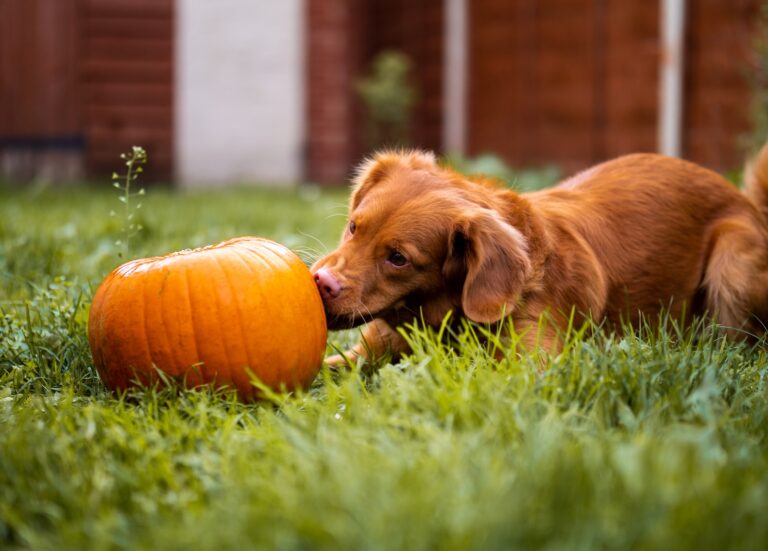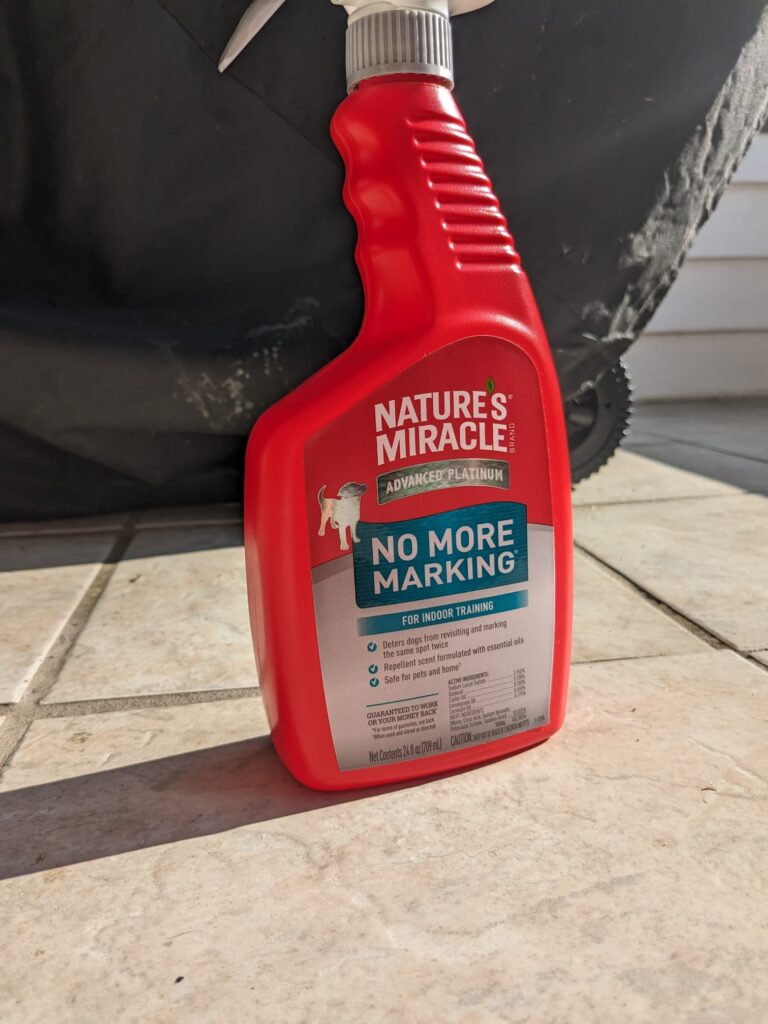Understanding your dog’s play behavior: What’s normal and what’s not
Dogs are known for their playful and energetic nature, but understanding their play behavior can be challenging for even the most experienced pet owners. While playing is essential to a dog’s physical and mental health, it’s important to recognize what constitutes normal play compared to problematic behaviors.
If you’re curious about your furry friend’s antics during playtime or have concerns about their behavior, this post will take you through everything you need to know about understanding your dog’s play behavior – from what is considered typical to how abnormal actions can signal underlying issues. Unleash your curiosity and let’s get started!
Why do dogs play?
Dogs occasionally play as a way to explore their world and build trust with their owners. When your dog plays, they usually look you in the eye, are energetically engaged, and seem to be having fun. However, there are some telltale signs that your dog is not enjoying themselves when playing. If your dog consistently exhibits these signs – whether during play or not – it might be time to reconsider how much interaction they’re getting.
Signs That Your Dog Isn’t Enjoying Play:
While play is important for dogs, not all dogs may enjoy the same types of play or may not enjoy play at all. Some signs that your dog may not be enjoying play include:
Avoidance: If your dog is avoiding playtime altogether, it may be a sign that they are not interested in the activity or may not be feeling well.
Aggression: If your dog displays aggressive behavior, such as growling or biting, during play, it may be a sign that they are not enjoying the activity or are feeling uncomfortable.
Lack of Interest: If your dog seems disinterested in play, such as not responding to cues or not chasing toys, it may be a sign that they are not finding the activity stimulating or enjoyable.
Overly Passive: If your dog is overly passive during play, such as lying down and not engaging, it may be a sign that they are feeling anxious or stressed.
Unusual Body Language: If your dog is displaying unusual body language during play, such as flattened ears or a tucked tail, it may be a sign that they are not enjoying the activity.
Vocalization: If your dog is vocalizing excessively during play, such as whining or yelping, it may be a sign that they are feeling uncomfortable or in pain.
Destructive Behavior: If your dog engages in destructive behavior, such as chewing or digging, during play, it may be a sign that they are not finding the activity stimulating or enjoyable.
Excessive Panting: If your dog is excessively panting during play, it may be a sign that they are feeling anxious or stressed.
Hyperactivity: If your dog becomes overly hyperactive during play, such as jumping or running uncontrollably, it may be a sign that they are feeling overwhelmed or uncomfortable.
Stiff Body Language: If your dog displays stiff body language during play, such as a rigid stance or tense muscles, it may be a sign that they are feeling stressed or uncomfortable.
It’s important to pay attention to your dog’s behavior and adjust playtime accordingly. If your dog is not enjoying play, it may be time to try a different activity or take a break. Always consult with a professional if you have any concerns about your dog’s behavior.
What are some common behaviors that can indicate a problem?
Dogs play to have fun and enjoy the company of others. However, some behaviors that may be considered normal during play may actually indicate a problem. If your dog consistently barks excessively or pulls on leash when played with, these behaviors may be indicative of an anxiety or stress-related issue.
Dogs that compulsively chew on objects or other dogs during play also commonly exhibit signs of aggression or dominance in other settings. If you’re concerned about your dog’s behavior, consult a professional for help.
While play is a natural and important behavior in dogs, certain behaviors during play can indicate a problem or potential issues. Some common play behaviors in dogs that can indicate a problem include:
Aggression: Aggression during play, such as growling, snarling, snapping, or biting, can indicate that the dog is not playing in a friendly or safe manner.
Fear: A dog that seems fearful or anxious during play, such as cowering or running away, may be experiencing stress and discomfort.
Excessive Roughness: A dog that is excessively rough during play, such as biting too hard or body-slamming, may unintentionally cause harm to other dogs or humans.
Possessiveness: A dog that displays possessive behavior, such as guarding toys or food, during play may escalate into aggressive behavior towards other dogs or humans.
Obsessive behaviors: A dog that becomes obsessively fixated on certain play behaviors, such as fetching or chewing, may display destructive behavior when these play activities are not available.
It’s important to monitor your dog’s play behavior and address any potential issues with a professional dog trainer or behaviorist.
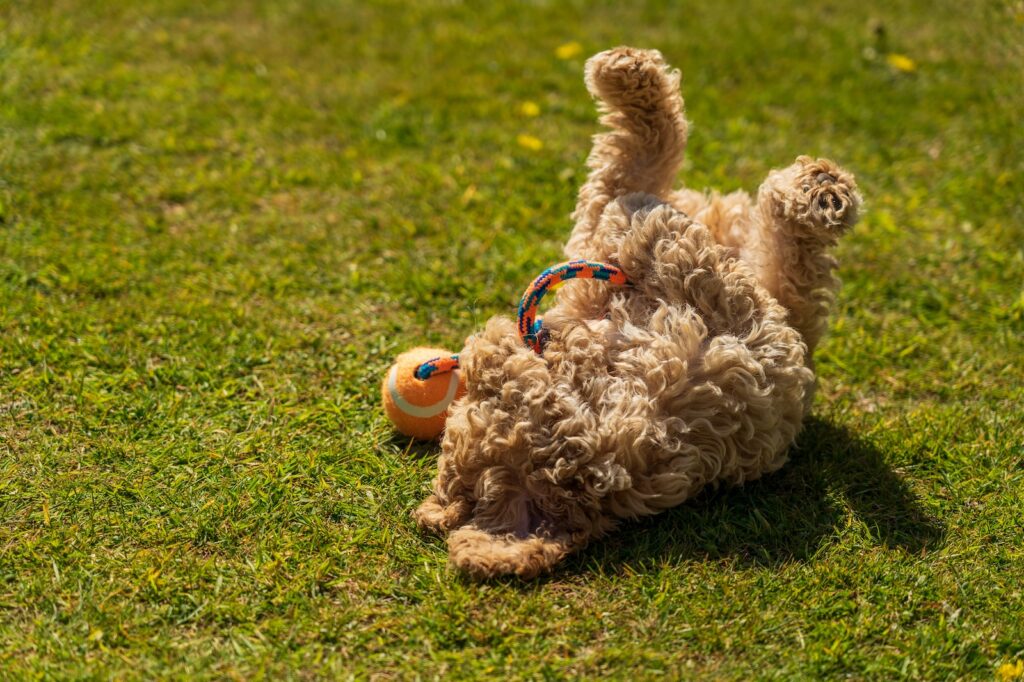
How can you tell if your dog is injured or stressed?
If you notice that your dog is constantly playing and seems jubilant, excited, or predatory, this might be an indication of a mental or physical health issue. If your dog seems lethargic or is less active overall, this could mean that he or she is stressed or injured.
Many dogs get stressed when they are not feeling safe in their environment (such as when they’re being left alone at home), when they’re separated from their pack (family members), during loud noises, when they are undergoing surgery, or when they are experiencing environmental changes such as moving to a new house.
If you think your dog may be injured, take him to the vet. If you can’t determine the cause of your dog’s stress or injury, try some simple tips to help relieve his distress: provide regular playtime and verbal companionship;
make sure that your dog has plenty of toys and exercise;
conserve energy by teaching your dog rules about appropriate behavior–for example “stay”, “no”, and “off”;
avoid rewarding bad behavior; and
energize your dog with treats and affectionate petting.
If you notice any changes in your dog’s behavior or health, be sure to consult a professional.
How can you adjust your behavior to help improve your dog’s playfulness?
You can adjust your behavior to help improve your dog’s playfulness. For example, if you’re sitting on the couch, try getting up and moving around to stimulate your dog. If he’s sleeping in an area that’s off-limits, bring him closer to you or put toys near him so he has something to play with. Petting him and speaking softly will also encourage play.
There are several ways to adjust your behavior to help improve your dog’s playfulness:
Create a Positive Environment: Provide a positive and comfortable environment for your dog to play in. Remove any distractions, such as loud noises or other pets, that may cause your dog to become anxious or fearful.
Use Positive Reinforcement: Use positive reinforcement techniques to encourage your dog to engage in playful behavior. Reward your dog with treats, praise, or toys for positive behavior during playtime.
Play Different Games: Mix up the types of games you play with your dog to keep them interested and engaged. This can include games such as tug-of-war, fetch, or hide-and-seek.
Set Boundaries: Establish boundaries for play to ensure that your dog understands what is and isn’t acceptable behavior. For example, if your dog becomes too aggressive or rough during play, it may be time to take a break.
Know Your Dog’s Personality: Understand your dog’s personality and play style to tailor your interactions to their needs. Some dogs may be more energetic or prefer certain types of play over others.
Remember, play is an important part of your dog’s physical and mental well-being. By adjusting your behavior and creating a positive environment, you can help improve your dog’s playfulness and strengthen the bond between you and your furry friend.
Conclusion
If you want to understand your dog’s play behavior, it’s important to first understand what normal is for him. A lot of people think that their dogs always barks and lunges when they play, but this isn’t always the case. Sometimes playful interaction between dogs can include soft woofing, growling, chewing on toys or each other’s tails, and more moderate variants of digging and running around. Understanding your dog’s normal play behavior is the first step in recognizing any abnormal behaviors and getting help if necessary.

